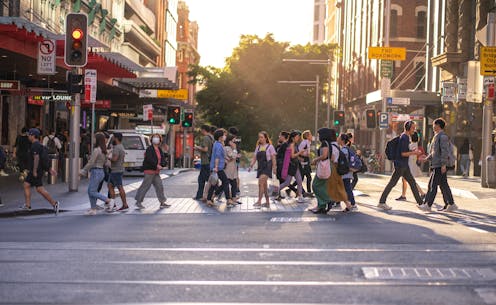How has COVID affected Australians' health? New report shows where we've failed and done well
- Written by Stephen Duckett, Honorary Enterprise Professor, School of Population and Global Health, and Department of General Practice, The University of Melbourne

The SARS-CoV-2 virus was first detected[1] in Australia on January 25 2021. Within two months[2], the lives of all Australian were upended.
Australians were stranded overseas as external borders were slammed shut. State borders were closed to people from other states. Lockdowns severely restricted movement of the population. People watched in fascination as case numbers went up and then down.
The daily drama dragged on for months, with premiers and chief health officers fronting the media with announcements of case numbers and tightening or loosening of restrictions.
But the daily spectacle made it difficult to see the wood for the trees. Now, new data from the Australian Institute of Health and Welfare[3] shows how Australians’ health changed over the course of the pandemic. It allows us to step back and assess what happened, and to whom.
Australia’s management of the pandemic was overall very good, leading to about 18,000 deaths averted[4] in 2020 and 2021. This was primarily due to restricting arrivals[5] and hotel quarantine for those who did arrive, and lockdowns when quarantine was breached[6], which inevitable happened.
From late 2021, with more than half the total population vaccinated, these restrictions were lifted following the Morrison government’s national plan[7], released on August 6 2021.
However, the pandemic is not over. The number of deaths[8] in the eleven months since the plan was released is almost ten times the number than in the 18 months before.
Read more: How should an Australian 'centre for disease control' prepare us for the next pandemic?[9]
COVID became less deadly, but some Australians were disproportionately affected
Australia has had four pandemic waves so far. Daily deaths during the first three waves peaked at around 20 per day. The peak in the current wave is much higher, around 90 deaths per day.

















